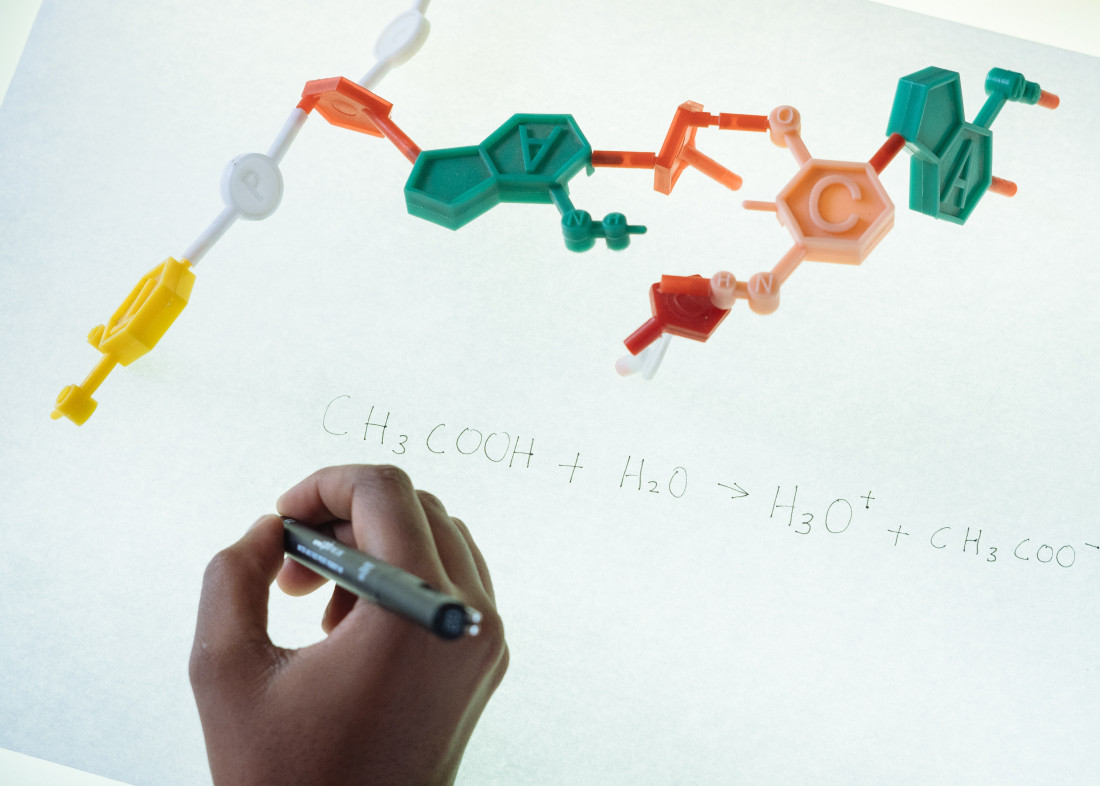Modern polymers and plastics frequently contain nanoparticles, miniature particles that measure less than 100 nanometers wide. These tiny pieces of silver, silicon or similar chemical feedstock, are used to improve a polymer’s electrical, mechanical or durability performance. However, little research has been done to find out what happens to these nanoparticles when they are exposed to heat, humidity, UV rays, and rain, over time.
Do nanoparticles impact the environment? Do they pose a health risk to humans or wildlife? How do they degrade and how does this impact the polymer coating’s effectiveness?
Well now a research team from the National Institute of Standards and Technology (NIST) has begun asking all these questions. As the institute’s own website reports, “The goal of this study is to investigate the process and mechanism of surface degradation and potential particle release from a commercial nanosilica/polyurethane coating under accelerated UV exposure.”
The research was based around experiments conducted in the NIST SPHERE (Simulated Photodegradation via High-Energy Radiant Exposure), a piece of equipment described as, “a hollow, 2-meter (7-foot) diameter black aluminum chamber lined with highly UV reflective material.” In this way, the team was able to recreate 10 to 15 days of outdoor UV exposure with just one day in the SPHERE.
For a subject matter, the study used a commercially available polyurethane coating containing silicon dioxide nanoparticles, and exposed the coating to intense UV radiation for the equivalent of 100 days. As the research team explains, “All samples were then weathered at a constant temperature of 50 degrees Celsius (122 degrees Fahrenheit) with one group done in extremely dry conditions (approximately 0 percent humidity) and the other in humid conditions (75 percent humidity).”
Publishing their results in the Journal of Coatings Technology and Research, the study states that, “The results demonstrated that the added silica nanoparticle solution decreased the photodegradation rate (i.e., stabilization) of the commercial PU nanocoating.”
Meanwhile the online scientific journal Phys.org reported on the results as follows, “Both sets of coating samples—those weathered in very low humidity and the others in very humid conditions—degraded but released only small amounts of nanoparticles. The researchers found that more silicon was recovered from the samples weathered in humid conditions and that nanoparticle release increased as the UV exposure time increased. Microscopic examination showed that deformations in the coating surface became more numerous with longer exposure time, and that nanoparticles left behind after the coating degraded often bound together in clusters.”
To date, this study is really only the start of a series of experiments into how the weather effects polymer coatings that contain nanoparticles, the results from which will aid the entire polymer coating industry. As NIST research chemist and lead author Deborah Jacobs, makes clear when she says, “These data, and the data from future experiments of this type, are valuable for developing computer models to predict the long-term release of nanoparticles from commercial coatings used outdoors, and in turn, help manufacturers, regulatory officials and others assess any health and environmental impacts from them.”
With nanoparticles playing an increasingly important role in the development of polymers and the coatings industry, further research is needed to find out more about the long term effects of these vital chemical feedstocks. Only then will chemists be able to measure the impact of plastic coatings on the environment, or even to understand how the environment impacts plastic coatings.


